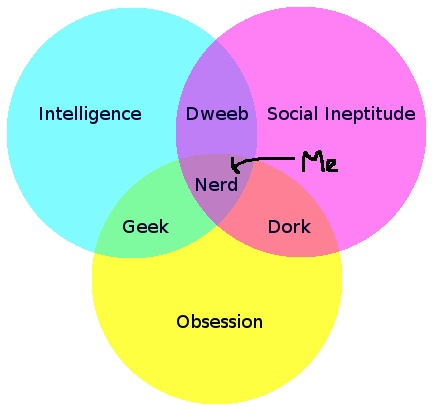The basic model for teacher improvement has three assumptions.
- We should train teachers effectively before they start their careers. If the current round of teachers has problems, we try and address those problems in the future generation of teachers by modifying the pre-service training they receive.
- Teachers need to be observed regularly by trained professions to ensure they are using best practices.
- Professional development is an occasional activity in which teachers engage wherein they learn all about the latest best practices in education.
None of these assumptions is actually completely true, nor are they sufficient to improve our education system.
The problem with the first assumption is that the feedback system for improving teacher education of pre-service teachers is incredibly slow. So slow in fact, that despite the current revolution in our information technology, virtually none of these changes has made its way into mainstream teacher education. Only 5 out of 9 teacher education programs in BC even include any kind of technology training for teachers. While we can argue that technology is not necessary for teaching, at the very least the arguments both for and against the use of technology in education should be shared with pre-service teachers. There are other areas in which teacher education programs suffer, technology education is just one example. We can therefore expect this model of improving the practice of teachers to be insufficient.
The problem with the second assumption is that observation of practice doesn’t actually lead to improvement. One can argue that the process of evaluation is intended to measure the current effectiveness of a teacher so as to better support their future learning of their craft, but rarely is enough time allotted for teachers to actually improve what they do. We apportion professional learning into meetings or workshops held a few times a year, but very rarely is any time given to teachers to focus on improving their practices in their area of need.
The reasons why professional development is an occasional task is primarily because of the expense involved. It is expense to release teachers from a day off of teaching to go to a workshop, both because of the lost instructional time, the cost of a substitute teacher, and the costs associated with the conference itself. In British Columbia, we have 5 professional development days for teachers in the public system. In the private system, teachers often have only 2 days for professional development as a group, but have much more funding for engaging in more personalized professional development through attending conferences and workshops.
However, both of these systems for professional development assume that access the information teachers need to improve is expensive and difficult to find. For those of us involved in professional learning through Twitter, we know that this isn’t true. You can easily learn from your peers around the world any time you want, provided you have access to a social network, and time to access it.
This doesn’t mean that the professional learning that is already occuring in British Columbia is pointless, it certainly serves as a way to establish norms for our education system, and for those in charge to share their perspectives on what works in education. However it is insufficient as a way to ensure continuing teacher improvement.
Here is a simple change. Instead of an administrator infrequently evaluating teachers, teachers should observe teachers (and more importantly the whole classroom) frequently. In this case, both the observee and the observed learn from the experience, provided they have time to deconstruct it afterwards. If you do this often enough, teachers will naturally improve their practice as they will have much more feedback about what is working or not working as compared to a system where they receive occasional evaluations. I have done this myself as a teacher, and have watched hundreds of my colleagues teach, which has definitely improved my own teaching. We must be careful not to tie peer observations to an evaluation system, lest we end up creating a peer surveillance system!
Clearly novice teachers will benefit from this model. You can see my post on the apprenticeship model of teaching, for another model of pre-service training. However if veteran teachers observe beginning teachers (and offer support) they will also learn about new practices in education themselves that were part of the beginning teacher’s pre-service training. An experienced educator should be able to take a new educational practice, even one wielded by a novice, and implement it effectively in their own teaching.
The only issue I see with this system is teachers would need time to participate in peer observations. I would argue that the benefits of allowing teachers the time to observe each other every couple of weeks would outweigh the lost instructional time. There is much educational waste that occurs wherein teachers use practices to teach students which are clearly ineffective to an outside observer; sometimes even a small improvement in what teachers do would make a large improvement on the effectiveness of the remaining instructional time.
I would argue then that peer observation is far more powerful a tool than administrator observations. While observations from administrators, as experienced educators, are an important tool in improving teaching practicing and for aligning those teaching practices with the expectations of the school, they are not enough to accomplish a primary goal of teacher observation, improving instruction.
